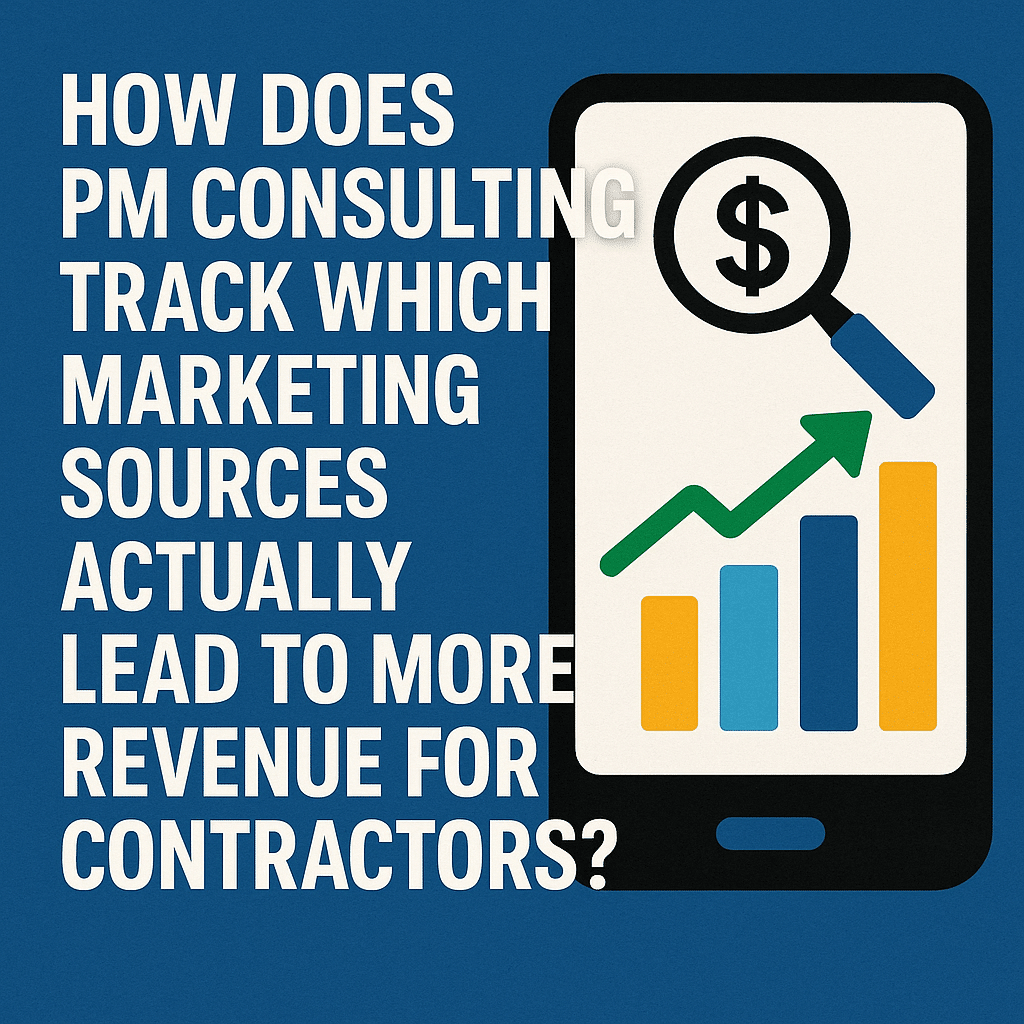Maximize SEO by Minimizing Website Load Times
In the realm of digital marketing, website load time plays a crucial role in shaping user behavior. A slow-loading site can deter visitors and impair your rankings, highlighting the importance of addressing scalability and performance in your strategy. With the right analytics, businesses can identify bottlenecks in their site’s infrastructure that may hinder their SEO efforts. Optimizing page load speeds not only enhances user experience but also strengthens your site’s permalink structure for better search engine visibility. Keep reading to uncover practical strategies to maximize SEO by minimizing website load times.
Key Takeaways
- Page speed significantly influences SEO and user engagement
- Implementing image optimization techniques enhances website loading times
- Regular speed checks help maintain optimal website performance
- Streamlining HTTP requests can reduce load times and improve rankings
- Staying informed on optimization practices ensures competitive online presence
Understanding the Impact of Website Load Times on SEO

Page speed is a critical factor that significantly impacts SEO and digital marketing. The time it takes for a webpage to load can influence a website’s search rankings, making it essential for businesses to prioritize optimal loading times. Search engines, like Google, favor speedy websites as they enhance user experience. Longer load times can lead to higher bounce rates, as users often abandon pages that take too long to render. Implementing techniques such as lazy loading and caching can drastically improve page performance. Ultimately, a well-optimized loader not only ensures faster access to content but also contributes to better search visibility and user satisfaction, encouraging visitors to engage more deeply with the website instead of reporting inappropriate content or seeking alternatives elsewhere.
Defining Page Speed and Its SEO Significance
Page speed refers to the time taken for a webpage to fully load content for users. This parameter is critical for website performance as it can influence a site’s visibility in search engine rankings. Factors such as file format and compression can significantly affect load times, ensuring that websites are not only fast on desktop but also optimized for mobile device users.
How Load Times Influence Search Rankings
Load times play a crucial role in determining search rankings, as search engines prioritize sites that offer a swift user experience. By focusing on strategies like image compression and link prefetching, businesses can enhance their site’s performance, ensuring visitors receive content faster. Additionally, a well-optimized web server and thorough keyword research can align with these efforts, leading to improved visibility and user engagement.
The User Experience and Bounce Rates Connection
The connection between user experience and bounce rates is evident in the behavior of the end user when accessing a website. Research indicates that slow load times on both mobile and desktop search can significantly diminish a visitor’s willingness to engage, often leading to a swift exit from the page. By prioritizing accessibility and optimizing speed, businesses can enhance visibility in search engine rankings, ensuring that users remain on their site rather than seeking alternatives.
A fast-loading website can significantly boost your search engine ranking and user experience. Now, it’s time to assess your current loading speed and see where improvements can be made.
Evaluating Your Website’s Current Loading Speed

To truly understand how well a website is performing in terms of load times, it is crucial to evaluate its current speed using reliable tools. These tools provide insights into various technical aspects, enabling website owners to identify optimization opportunities, such as implementing gzip for better data compression and adopting lossless compression techniques. Moreover, the choice of content management system (CMS) can significantly influence loading efficiency, affecting how assets like images and scripts are handled. Understanding the results from these speed tests empowers businesses to make informed decisions that can lead to enhancements in server response times. Additionally, integrating strategies into the site’s RSS feeds may also play a role in streamlining content delivery, further bolstering overall performance.
Tools to Check Your Site’s Speed Accurately
Utilizing accurate tools to assess a website’s loading speed is vital for effective speed optimization. These tools measure various elements, including bandwidth usage and the overhead caused by high-resolution images, such as large webp files, which can significantly impact performance across different operating systems. By analyzing these metrics, businesses can identify specific areas for improvement and implement strategies to enhance their site’s loading efficiency.
Interpreting Your Site Speed Test Results
Interpreting site speed test results involves a careful examination of various metrics that signal the performance of a webpage. Key measurements such as loading time in milliseconds and byte sizes of content can reveal specific areas that require attention, especially when optimizing for mobile web users who expect fast access. By utilizing a reliable website builder that provides detailed analytics, businesses can make data-driven decisions to enhance their overall site performance.
Identifying your website’s speed is just the beginning. Now, let’s explore key strategies that will propel your page speed and enhance your SEO performance.
Essential Strategies to Boost Page Speed for SEO

Optimizing a website’s load time requires a multifaceted approach that significantly enhances user experience and search engine rankings. Implementing image optimization techniques ensures visuals do not hinder loading efficiency, while effective browser caching reduces the time to first byte, allowing quicker access to frequently-used resources. Additionally, minifying code streamlines overall site performance by eliminating unnecessary characters, thus expediting the rendering process. Utilizing a Content Delivery Network (CDN) can further bolster load times by distributing content across multiple servers, minimizing latency. These strategies collectively contribute to reducing bounce rates, ensuring visitors engage more with landing pages, and aligning with search engine algorithms that prioritize fast-loading websites based on database efficiency.
Image Optimization Techniques for Faster Loading
Image optimization techniques play a vital role in website speed optimization, significantly impacting overall load times. Compressing images to reduce their file sizes without sacrificing quality is essential. Utilizing formats like WebP, along with responsive images, can enhance loading times, ensuring that high-quality visuals do not divert attention from the main content.
Implementing a content delivery network (CDN) further amplifies image optimization by distributing images across multiple servers, minimizing latency for users regardless of their location. This ensures swift access to images and can significantly deter the potential for duplicate content issues, as images load seamlessly from the most relevant server. The importance of these techniques cannot be overstated, as every second saved contributes to a better user experience and improved search rankings.
| Technique | Description | Benefits |
|---|---|---|
| Image Compression | Reducing file sizes of images without losing quality. | Improves loading speeds and user experience. |
| Responsive Images | Adapting image sizes based on the user’s device. | Optimizes performance across various platforms. |
| Using a CDN | Distributing content across multiple servers worldwide. | Enhances load times for users regardless of geographic location. |
The Role of Browser Caching in Reducing Load Times
Browser caching serves as a critical factor in enhancing page performance by storing static resources on a user‘s device. By allowing the engine to utilize saved graphics and files, it reduces the need for repetitive data requests, resulting in faster load times. This process not only optimizes site speed but also conserves bandwidth, providing a smoother user experience.
Implementing browser caching can lead to significant improvements in website efficiency. Here are some important benefits of utilizing browser caching:
- Reduces load times for repeat visitors.
- Minimizes bandwidth consumption, saving costs.
- Enhances overall user satisfaction by improving access speed.
Minifying Code to Streamline Your Site
Minifying code is a fundamental practice in technical SEO that streamlines a website by removing unnecessary characters, comments, and whitespace from HTML, CSS, and JavaScript files. This reduction in file size enhances interactivity, allowing webpages to load more rapidly, which significantly improves user experience. Conducting a thorough site audit on a virtual private server ensures that loading times are optimized, thereby maintaining the efficiency and performance of the site.
The Benefits of Using a Content Delivery Network (CDN)
Using a Content Delivery Network (CDN) significantly enhances the performance of a web page by distributing content across multiple servers worldwide. This strategic approach minimizes the load times experienced by users, improving overall SEO effectiveness through reduced latency and increased accessibility. Regular audits of the CDN can reveal the positive impact on website efficiency, ensuring that even the most complex content loads swiftly, fostering a seamless user experience and enhancing engagement when visitors access the site via their email address.
Having optimized your page speed with essential strategies, it’s time to take your site’s performance to the next level. Explore these advanced techniques that promise to further slash your load times and keep users engaged.
Advanced Techniques to Further Reduce Load Times

Addressing website load times involves advanced strategies that can transform how quickly content is served to users. Implementing lazy loading for images and videos allows a web browser to delay the loading of non-essential media until it is needed, thereby improving initial page load speed. Additionally, analyzing server response time plays a significant role in page speed optimization, as delays at the server level can hinder performance and user experience. Efficiently managing HTTP requests by reducing the number of requests and combining CSS files further streamlines the loading process, ensuring that a brand’s online presence remains competitive in search engine rankings. By focusing on these advanced techniques, businesses can achieve substantial improvements in site performance and user interaction.
Implementing Lazy Loading for Images and Videos
Implementing lazy loading for images and videos significantly enhances web performance by ensuring that content only uploads when it enters a user‘s viewport. This technique is particularly beneficial in web development, as it minimizes initial load times, allowing visitors to access essential content quickly. Furthermore, the process aligns with practices like minification, enabling a more efficient handling of documents and media files across various platforms.
- Identifying non-essential media for lazy loading.
- Integrating lazy loading attributes into image and video tags.
- Testing and monitoring load times to evaluate improvements.
The Impact of Server Response Time on Page Speed
Server response time is a pivotal element impacting overall page speed. A delay in server response can compromise usability, leading users to abandon a website before it fully loads. Utilizing tools like Pingdom can help assess server performance and identify infrastructure bottlenecks, ultimately improving the user experience and enhancing engagement with company communications, such as newsletters.
How to Efficiently Manage HTTP Requests
Efficient management of HTTP requests is crucial for optimizing website performance and enhancing SEO page speed. By reducing the number of requests, businesses can decrease loading times, positively influencing their Google ranking factor. Streamlining content management processes and consolidating CSS and JavaScript files will significantly benefit search engine optimization efforts, leading to a better user experience.
- Assess the current number of HTTP requests.
- Consolidate files to reduce requests.
- Minimize third-party requests when possible.
- Utilize asynchronous loading for non-essential resources.
Now that advanced techniques have been leveraged to enhance load times, the next step is to ensure these improvements remain consistent. Effective monitoring and maintenance will keep your website running at its peak performance.
Monitoring and Maintaining Optimal Load Times

To maintain optimal load times and bolster SEO performance, businesses must establish a routine for conducting regular speed checks. This proactive approach helps identify potential issues before they escalate, ensuring the website consistently operates at peak efficiency. Additionally, staying informed on the latest page speed optimization practices empowers companies to implement new strategies that enhance load times. By integrating these processes into regular operational activities, organizations can sustain their competitive edge while fostering a seamless user experience that keeps visitors engaged.
Setting Up Regular Speed Checks
Setting up regular speed checks is fundamental for businesses aiming to maintain an efficient website. By scheduling these assessments, organizations can promptly detect any issues that may arise, ensuring that performance remains optimized over time. Implementing a routine for speed checks not only aids in identifying potential slowdowns but also fosters a consistent user experience that encourages visitor engagement.
| Action | Description | Frequency |
|---|---|---|
| Initial Speed Test | Conduct a comprehensive analysis of current loading speeds. | Once |
| Monthly Monitoring | Run speed tests to gauge performance changes over time. | Monthly |
| Post-Update Testing | Assess load times following any website modifications. | After Each Update |
These structured steps build a robust strategy to keep load times in check while ensuring that the site’s performance aligns with user expectations.
Keeping Up With the Latest Page Speed Optimization Practices
Staying informed about the latest practices in page speed optimization is vital for maintaining website performance. Regularly researching advancements in web technologies and techniques allows businesses to implement cutting-edge solutions that enhance load times. Adopting a culture of continuous learning ensures that organizations remain competitive and agile in their online presence.
The following steps can guide businesses in their pursuit of effective page speed optimization:
- Follow industry-leading blogs and resources to stay updated on new techniques.
- Attend webinars and workshops focused on SEO and web performance enhancements.
- Engage with communities of web developers and SEO professionals to share insights and strategies.
Understanding the intricacies of load times is just the beginning. Next, it’s crucial to explore how technical SEO directly influences page speed and overall performance.
The Relationship Between Technical SEO and Page Speed

Understanding the integral role of load time in technical SEO audits is paramount for any organization striving to enhance its online presence. Page speed directly impacts various SEO metrics, making it a focal point in assessments that evaluate a website’s overall performance. Prioritizing page speed within an SEO strategy not only addresses user experience but also aligns with search engine algorithms that reward fast-loading sites. Consequently, integrating load time considerations into routine audits allows businesses to identify areas needing improvement, ensuring that they maintain a competitive edge while fostering higher engagement rates with users.
How Load Time Fits Into Technical SEO Audits
Load time plays a significant role in technical SEO audits as it directly affects metrics integral to website performance. Assessing load speed allows businesses to uncover potential bottlenecks or inefficiencies that could hinder user experience and search engine rankings. By prioritizing load time during these audits, organizations can better align their strategies with best practices in SEO, ensuring sustained visibility and engagement.
Here are key metrics assessed during technical SEO audits to evaluate load time impact:
| Metric | Description | Importance |
|---|---|---|
| First Contentful Paint (FCP) | Time until the first piece of content is displayed. | Indicates initial load responsiveness. |
| Time to Interactive (TTI) | Time it takes for the page to become fully interactive. | Reflects user engagement capability. |
| Total Blocking Time (TBT) | Duration during which user cannot interact with the page. | Highlights potential delays in user interaction. |
Prioritizing Page Speed in Your Overall SEO Strategy
Integrating page speed optimization into an SEO strategy is vital for enhancing online visibility and user engagement. Businesses that prioritize swift loading times are likely to see a boost in their rankings, as search engines favor sites that deliver seamless experiences. By aligning page speed with SEO efforts, organizations position themselves to achieve better performance metrics and retain visitors effectively.






















